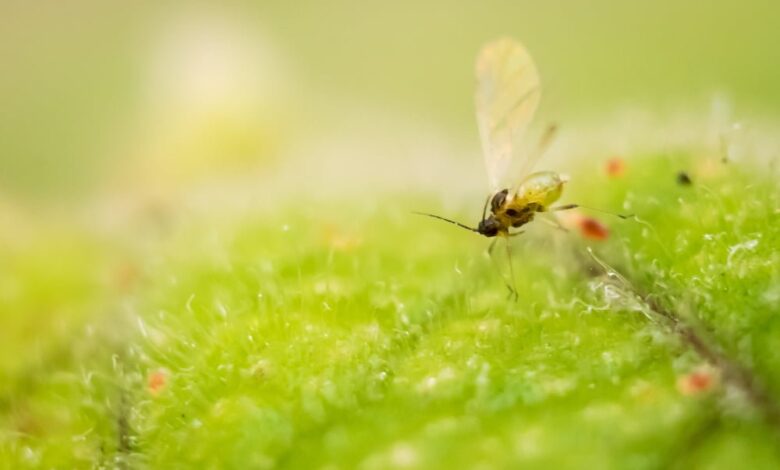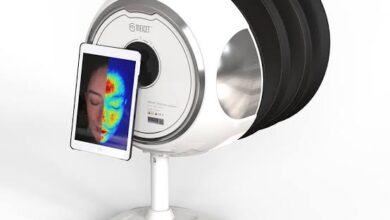Fungus Gnats and the Power of Bacillus Thuringiensis Israelensis (BTI): The Silent Threat

Fungus Gnats are an important long-term worry for house plants. People often mistake these tiny bugs for fruit flies, but they are more than just a nuisance. They are a real threat to the health and life of flowers. But there is still hope. There are many ways to get rid of these pests, but Bacillus Thuringiensis Israelensis, or BTI, stands out because it works well and doesn’t hurt the environment.
How to Understand Fungus Gnats: They’re More Than Just a Pest
Small bugs called fungus gnats look like they are made of paper. People often see them flying around plants inside. At first view, they may seem safe, but if you look at how they live, you’ll see that’s not the case.
- Egg Stage: In the moist dirt of houseplants, female fungus gnats lay their eggs.The eggs can grow and hatch in this environment.
- Larval Stage: Once the eggs hatch, the larvae, which look like tiny, clear worms, start eating the roots of plants and other organic matter in the soil. At this stage, they do the most damage because they can stop the plant from growing, make the leaves turn yellow, and even kill the plant if the infection is bad enough.
- Pupal Stage: After the maggots have fed for a while, they change into the pupal stage. They make a small nest in the dirt, which is where they change into something else.
- Adult Stage: When the adult fungus gnat comes out of the pupal stage, it is ready to reproduce and keep the cycle going. Gnat adults only live for a short time, but they can lay up to 300 eggs, which keeps their family going.
Traditional Ways to Keep Things in Check
Over the years, there have been many different ways to deal with fungus gnat problems. Here are a few examples:
- Hydrogen peroxide in a solution: When water and hydrogen peroxide are mixed and put into the dirt, oxygen is made. This quick release gets rid of gnat eggs and lets air into the soil, which is good for the roots. But care must be taken to make sure the solution is the right strength, because a solution that is too strong can hurt the plants.
- Yellow Sticky Traps: These traps are easy to use and catch adult gnats well. Gnats are attracted to the yellow color, and once they land, they can’t get away because the surface is sticky. This method is good for getting rid of the adults, but it doesn’t help with the larvae in the dirt.
A Natural Solution: Bacillus Thuringiensis Israelensis (BTI)
BTI is a type of bacteria that lives in the dirt. Because of how unique it is, it has become a popular way to get rid of pests.
BTI kills insects by making a certain protein called the insecticidal crystal protein (ICP), which kills insects. When the larvae of mosquitoes and fungus gnats eat this protein, it makes their digestive systems work wrong. This makes them stop moving, and then they die. This targeted action makes sure that only the bad insects are hurt and not the good ones.
Profile of Safety: One of the best things about BTI is that it is safe. It is safe for people, animals, and other living things. Because of this, it’s a great choice for homes, especially those with kids and pets.
Effects on the environment: BTI breaks down in the environment and doesn’t stay there. This means that after it has done its job, it breaks down into parts that are safe for the earth.
How BTI is used and what it does for you?
BTI is easy to use, but for the best results, you should follow these guidelines:
- How to use: BTI can be used as a liquid drench or as pellets, depending on what it is being used on. It’s important to spread the bacterium evenly so that all of the larvae come into touch with it.
- Frequency: BTI works, but it needs to be used again, especially in places with a lot of bugs. If you follow the product’s instructions, you’ll get the best results.
- Benefits: There are many good things about using BTI. It kills the pests you want to get rid of and keeps helpful insects, which are important for a healthy environment, from getting hurt. Also, it is safe to use in any place because it is non-toxic.
Even though fungus gnats are small, they can do a lot of damage to indoor plants. But there are ways to get rid of these pests that are safe, effective, and good for the earth. One of these is BTI from Novobac. We can make sure that our plants stay healthy, full of life, and free of gnats if we know how they live and use focused solutions.



